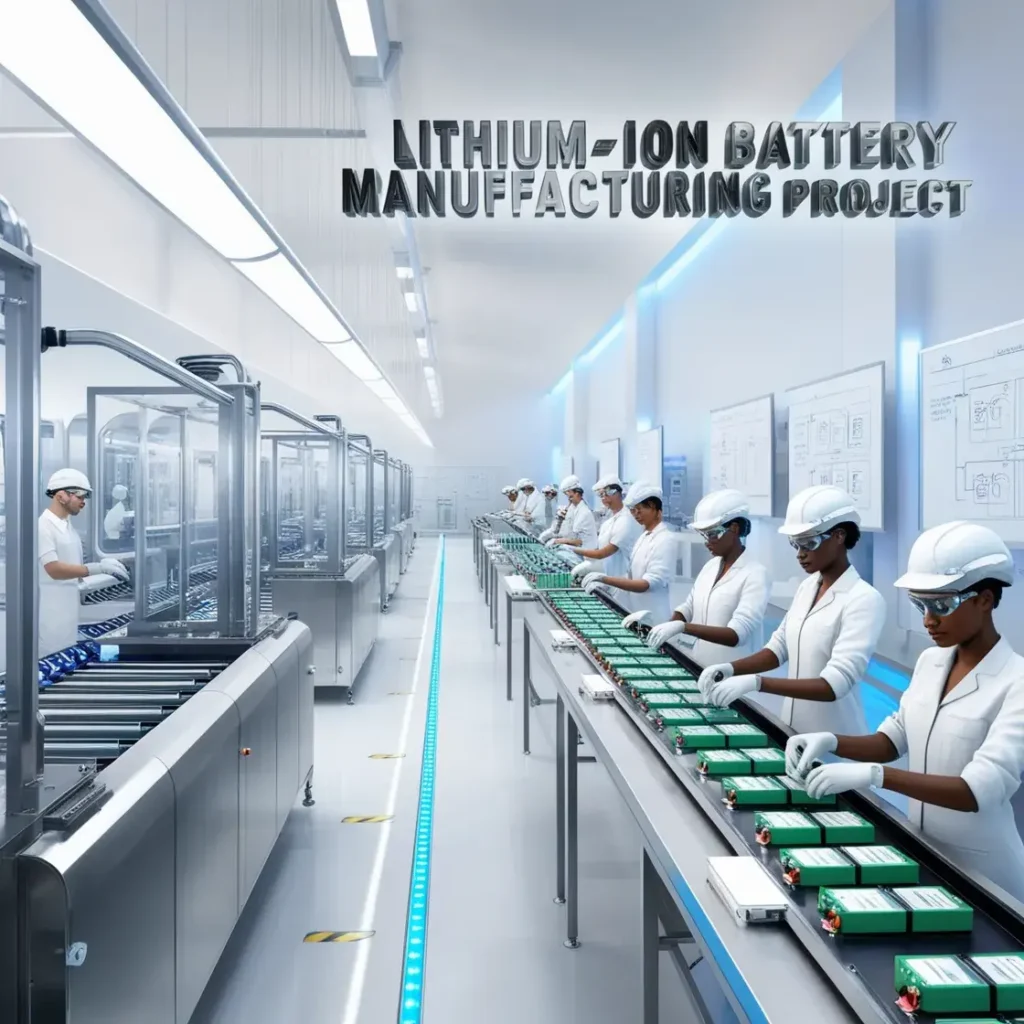Government Aims to Cut Import Reliance with Focus on Wireless Charging, Traction Motors & Powertrains
India evaluates 18 EV subsystem projects—including wireless chargers & motors—under ₹1,000-cr plan to reduce imports. Proposals must be near commercialization (TRL 7+) with industry backing.
India’s EV Independence Push: 18 Cutting-Edge Projects Under Review
New Delhi – In a decisive move to reduce reliance on imported EV components the Ministry of Heavy Industries (MHI) and MeitY have shortlisted 18 high-potential proposals for indigenous development of critical subsystems like:
🔋 Wireless charging systems
⚡ High-efficiency powertrains
🛠️ Next-gen traction motors
Key Selection Criteria
✅ TRL 7+ readiness (near-commercial prototypes)
✅ 20% minimum industry co-funding (cash contribution)
✅ 36-month max timeline (lab-to-market sprint)
❌ No pure academic research – Only market-ready solutions
Why This Initiative Matters?
1. Tackling EV Import Dependence
- 70% of India’s EV components currently imported
- $2.1B opportunity in localized subsystems by 2030 (IMARC Group)
2. Consortium-Led Innovation
🤝 Mandatory industry-academia-Govt tie-ups
💡 IP sharing: Non-exclusive, unless industry funds >50%
3. Strategic Focus Areas
| Priority Subsystems | Current Import Reliance |
|---|---|
| Lithium-ion battery packs | 85% |
| Traction motors | 65% |
| Wireless chargers | 90% |
| Power electronics | 75% |
Funding & Commercialization Roadmap
💰 Financial Model:
- Govt covers 80% cost (max ₹50 cr/project)
- Industry must contribute 20% cash
- Exclusive IP rights possible for >50% funders
📅 Phases:
- Prototype development (Months 0-18)
- Field testing (Months 19-24)
- Commercial rollout (Months 25-36)
Industry Reactions
Auto Component Makers (ACMA):
“This bridges the gap between lab research and mass production.”
Startups (e.g., Altigreen, Exponent Energy):
“Finally, funding for near-market tech rather than basic research.”
Global Precedents & Local Impact
🌍 Learning from China’s Playbook:
- Similar 2010 programs helped China dominate EV supply chains
🇮🇳 Make-in-India Boost:
- Aligns with PLI scheme for auto sector
- Complements FAME III expectations
What’s Next?
- Final approvals by December 2024
- First prototypes expected by mid-2026
- Potential inclusion in 2025 Budget announcements
Investor Takeaways
💡 Watch: Startups working on inductive charging, motor controllers
💡 Opportunity: Tier-1 suppliers can co-own IP
💡 Risk: TRL 7+ requirement may exclude early-stage innovators
Final Thoughts
This isn’t just about funding—it’s a structured blueprint to transform India from an EV assembler to a technology creator. By mandating industry participation, the government ensures market relevance while de-risking taxpayer money.

